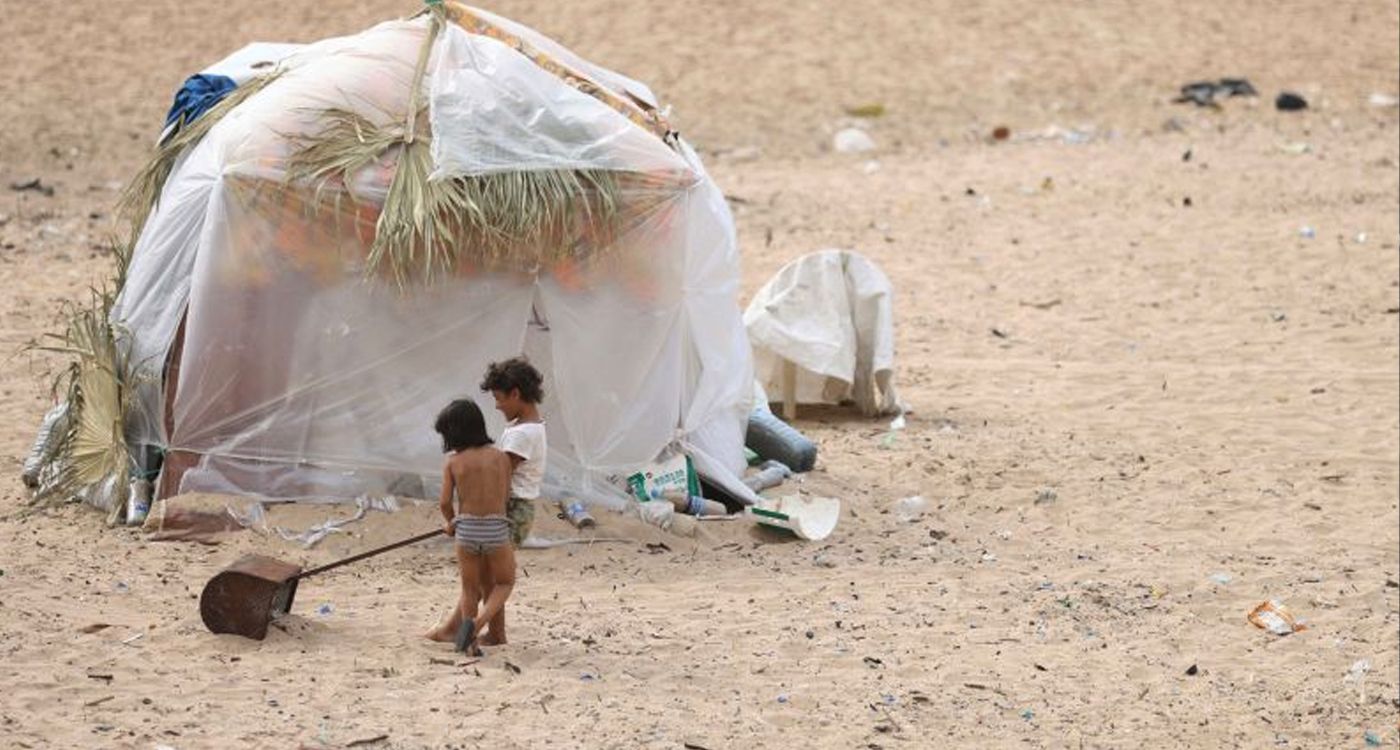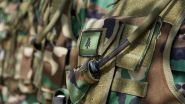
A massive exodus from southern Lebanon and the southern suburbs of Beirut was witnessed as the war between Hezbollah and the Israeli army intensified. The Israelis are targeting the Iran-backed group’s military equipment and leadership, which are located among crowded residential neighborhoods.
Having fled the relentless Israeli bombardment, the displaced Lebanese find themselves on the streets, lacking basic human necessities. With the ministries doing “the best they can,” according to caretaker Prime Minister Najib Mikati, 1,000 shelters have been established. While more than a million displaced Lebanese have been reported as a preliminary figure, only 180,000 are officially registered and are thus in official shelters.
Chaos prevails as Lebanon faces one of the most critical moments in its history. Where are the Lebanese displaced located? How many have left the country, and where are the shelters?
More Than One Million
The Disaster Risk Management Unit, contacted by This is Beirut, confirmed that “the total number of displaced exceeds one million according to the initial assessment.”
“In the shelters, there are approximately 180,000 registered individuals, each governorate is recording its numbers, with most of the displaced spread across Beirut and Mount Lebanon,” it added.
The United Nations announced that more than 400,000 Lebanese children have been displaced in recent weeks.
By Land, Air and Sea
The General Security media relations told This is Beirut that the number of Lebanese displaced to Syria from September 23, 2024, to date is 126,842.
A representative from Middle East Airlines said that a total of 275,000 passengers traveled to and from Lebanon in July 2024, 290,000 in August, 235,000 in September and 87,000 from October 1 to 14. Due to the severity of the current situation, there has been a notable decrease in numbers this month, she told This is Beirut.
It is worth mentioning that MEA is the only airline operating under these dangerous conditions.
“Compared to last year, when there were over 100,000 passengers in October, there has been a 15% decrease in traffic for the same period this year,” she added.
A yacht captain accompanying Lebanese passengers by sea told us that around 200 people have decided to leave Beirut by sea over the past couple of months. Those who were unable to secure an airline ticket due to high demand resorted to this option.
Iraqi Red Crescent President Yassin Al-Maamouri announced that over 8,000 refugees from southern Lebanon have arrived in Iraq since the start of the crisis until the 8th. More than 6,000 Lebanese displaced crossed through the Al-Qaim border. The refugees have been distributed across provinces, including Baghdad, Karbala, Mosul, Najaf and Salah al-Din.
Shelters
The National Committee for Disaster and Crisis Response Coordination told This is Beirut that the complete list of all official and private shelters approved in various governorates by the National Committee totals 967 centers, 759 of which are educational institutions.
It should be noted that the majority of these centers have reached their maximum capacity. Therefore, the National Committee issues urgent daily updates on the available shelters, it added.
In the Beirut Governorate, there are 121 shelters, including 97 educational institutions, with 64 public and 33 private, and 24 other shelters. The Akkar Governorate has 108 shelters, comprising 106 educational institutions (104 public and two private) and two other shelters. In the Mount Lebanon Governorate, there are 328 shelters, consisting of 240 educational institutions (224 public and 16 private) and 88 other shelters.
The North Governorate features 136 shelters, with 123 educational institutions (121 public and two private) and 13 other shelters. The Bekaa Governorate has 119 shelters, which include 85 educational institutions (81 public and four private) and 33 other shelters.
In the Baalbeck-Hermel Governorate, there are 55 shelters, including 38 educational institutions (36 public and two private) and 17 other shelters. The Nabatieh Governorate has 25 shelters, comprising 17 educational institutions (14 public and three private) and eight other shelters. Finally, the South Governorate includes 75 shelters, with 53 educational institutions (46 public and seven private) and 22 other shelters.




Comments